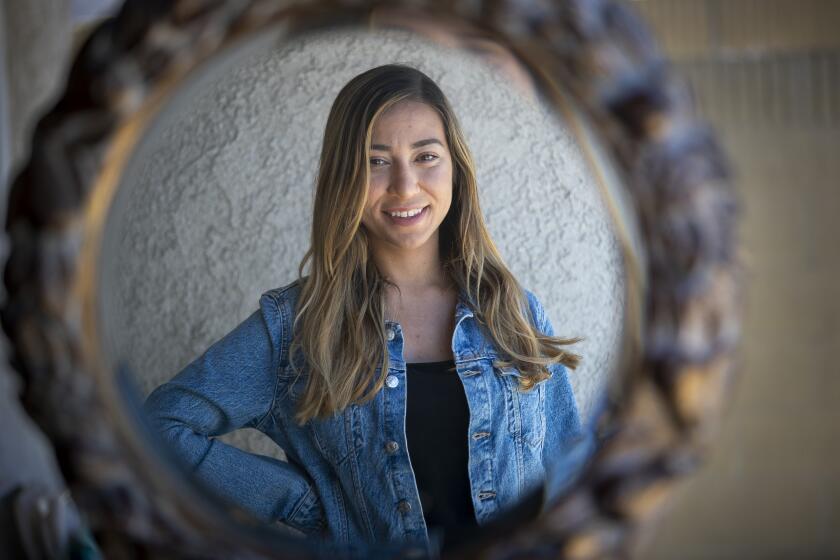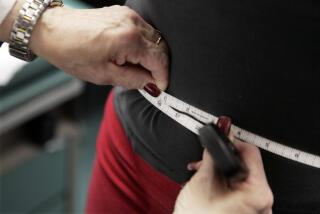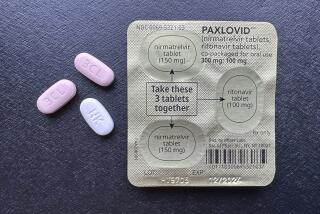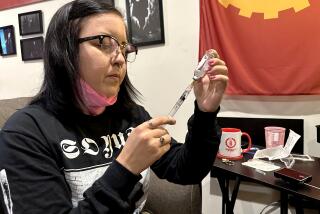Amid COVID-19 pandemic, people with diabetes struggle to get insulin
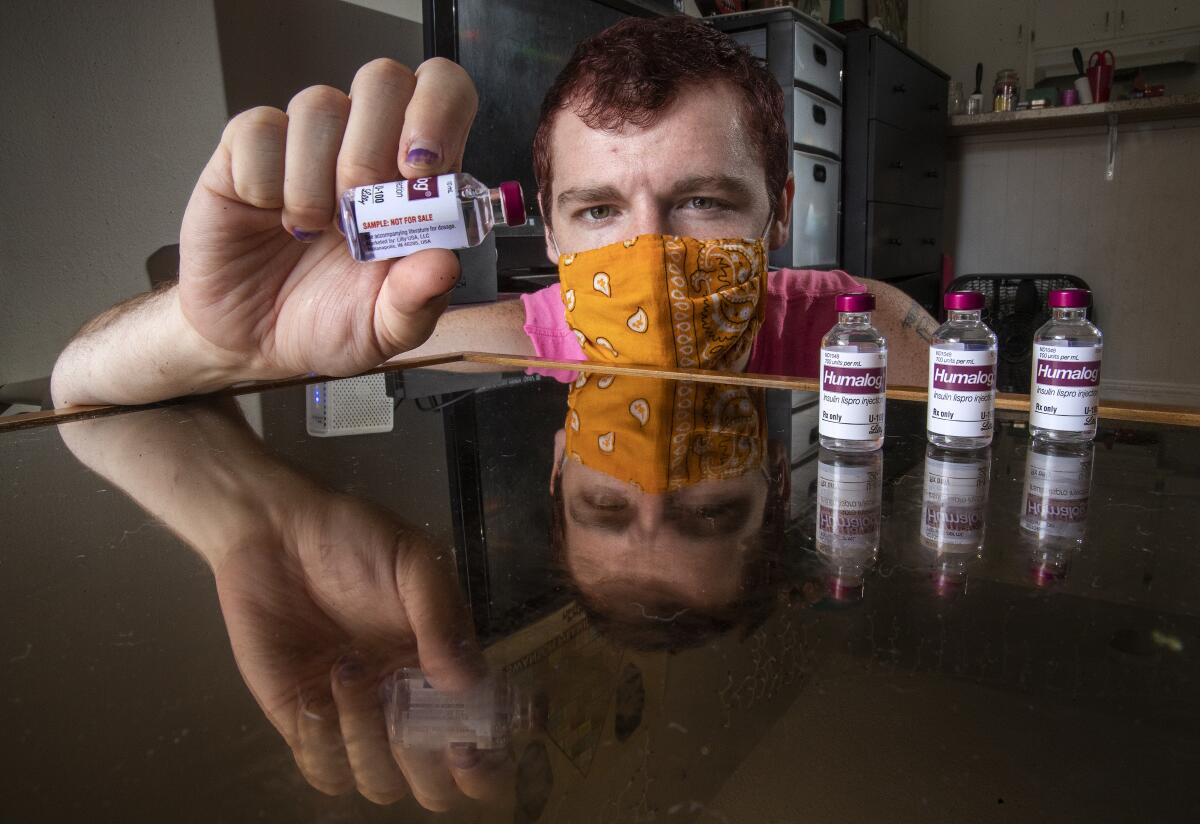
- Share via
For Adam Winney, a 26-year old with Type 1 diabetes, grocery shopping during the early days of a pandemic was an infuriating task. Everything was sold out, except for the one type of food he couldn’t eat.
”The only things left were carbs, carbs, carbs,” the Van Nuys resident said. “I’ve never been more furious than back in March.”
For the record:
1:54 p.m. Aug. 11, 2020A previous version of this story said an insulin pump delivers insulin to the pancreas of a person with Type 1 diabetes. The pump actually infuses the insulin under the skin so it can be absorbed into the bloodstream.
Winney’s disease has deprived his body of insulin, a hormone that’s needed to turn the sugar in carbohydrates into energy. Without it, his blood sugar can spike to dangerous levels, eventually leading to serious health problems like cardiovascular disease, nerve damage and kidney failure.
But the insulin pens he relies on to keep his body in balance cost him upwards of $1,000 a month, since his health insurance doesn’t cover the medication. After the coronavirus outbreak cost him his job as a receptionist at a hair salon, that expense was beyond his reach. He went six weeks without the long-acting insulin he usually takes every day.
“I was fighting nausea every morning,” he said, a sign that his body was susceptible to diabetic ketoacidosis, a state of dangerously high blood sugar levels that has landed him in the hospital before. “Your body just falls apart.”
COVID-19 presents a unique set of challenges to the roughly 34 million Americans like Winney who are living with diabetes.
The Centers for Disease Control and Prevention says people with Type 1 diabetes are probably more susceptible to a severe case of COVID-19. Those with Type 2 diabetes — the more common form that begins when people lose their sensitivity to insulin — are definitely at increased risk of severe COVID-19, according to the CDC.
For instance, a study of more than 7,300 COVID-19 patients in China found that those with Type 2 diabetes needed more medical care and were nearly 50% more likely to die than patients without diabetes. The risk of death was especially high for people who had trouble controlling their blood sugar, researchers reported. Another study of more than 1,200 COVID-19 patients in the U.S. found that the mortality rate for those with diabetes or high blood sugar was 29%, compared with 6% for those without diabetes.
“The extent to which you control your diabetes is a risk factor,” said Dr. Daniel Drucker, a senior scientist at the Lunenfeld-Tanenbaum Research Institute at the University of Toronto. “There’s a lot we can do about that, by making sure that your diabetes is optimally controlled.”
During the coronavirus outbreak, people with conditions like diabetes and kidney disease are adapting their medical routines to avoid exposure.
Insulin is essential for keeping blood sugar in check, but the pricey medicine is harder to get if a job disappears, along with the health insurance that came with it.
The cost of insulin varies from patient to patient. It depends on the type of insulin they need — some take effect within 15 minutes; others last more than a day — as well as the dose. Some insurance plans pick up more of the tab than others.
The financial strain brought on by the pandemic has forced Royce Jonathan Miller of Yuba City to consider rationing the insulin he takes for Type 1 diabetes. He has kept his job as an optician at Walmart, but since his father-in-law lost his job at a maintenance company that closed operations due to the pandemic, Miller has become the sole provider for the four people in his household.
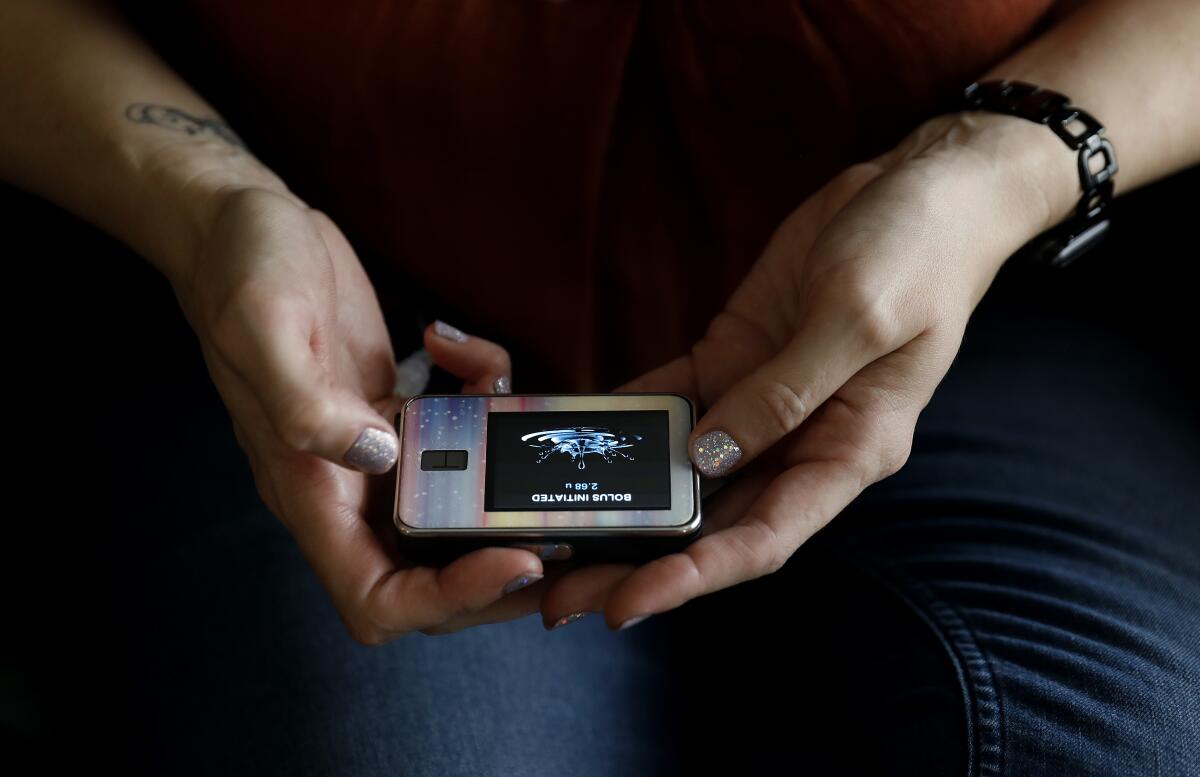
Miller has an insulin pump, which uses a tube to infuse a small amount of insulin under the skin so it can be absorbed into the bloodstream. He is supposed to change out the pieces that connect to his body every three days. Lately, he’s been wondering if that’s absolutely necessary.
“I’m starting to think, ‘I can stretch that up for two cycles, every six days, and hopefully it doesn’t get infected,’” Miller said. “But I do realize that if I am to make myself sick and wind up in the hospital, that will be a bigger burden.”
A nationwide survey of 5,000 people with diabetes conducted for the American Diabetes Assn. found that one in four have rationed supplies to cut the cost of their diabetes care since the start of the pandemic.
“Now is not the time to let up on helping these individuals manage their disease, because it may in fact be helpful in preventing them from getting severe COVID-19,” Drucker said.
People with Type 2 diabetes may face even greater hardship in affording their insulin, said Dr. Francisco Prieto, a family health physician in Sacramento.
“Not everyone who has Type 2 has to take insulin,” Prieto said. “Those who do are typically folks who either have the most severe cases of diabetes or have failed all the previous oral and injectable treatments.” That means they may need to take even more insulin on a daily basis than Type 1 patients, he said.
Scientists searching for a medicine to treat patients with COVID-19 are looking for it in the blood of people who have already survived the disease.
Since 2019, 11 states have set limits on the amount insurance companies can set as co-payments for insulin. Each of those states has enacted price caps ranging from $25 to $100 per month since the coronavirus outbreak took off in March.
California may soon join the list. In February, Assemblyman Adrin Nazarian (D-North Hollywood) introduced a bill that would cap insulin co-pays at $50 for a 30-day supply, or $100 per month. It passed in June by a 64-4-11 vote, but the Senate Health Committee has not scheduled a hearing that would allow the bill to move forward.
Winney said a price cap would give him some peace of mind. These days he relies on free samples provided by one of his doctors, but that generosity may not last.
“I see that as an incentive to finally change insurance,” he said.
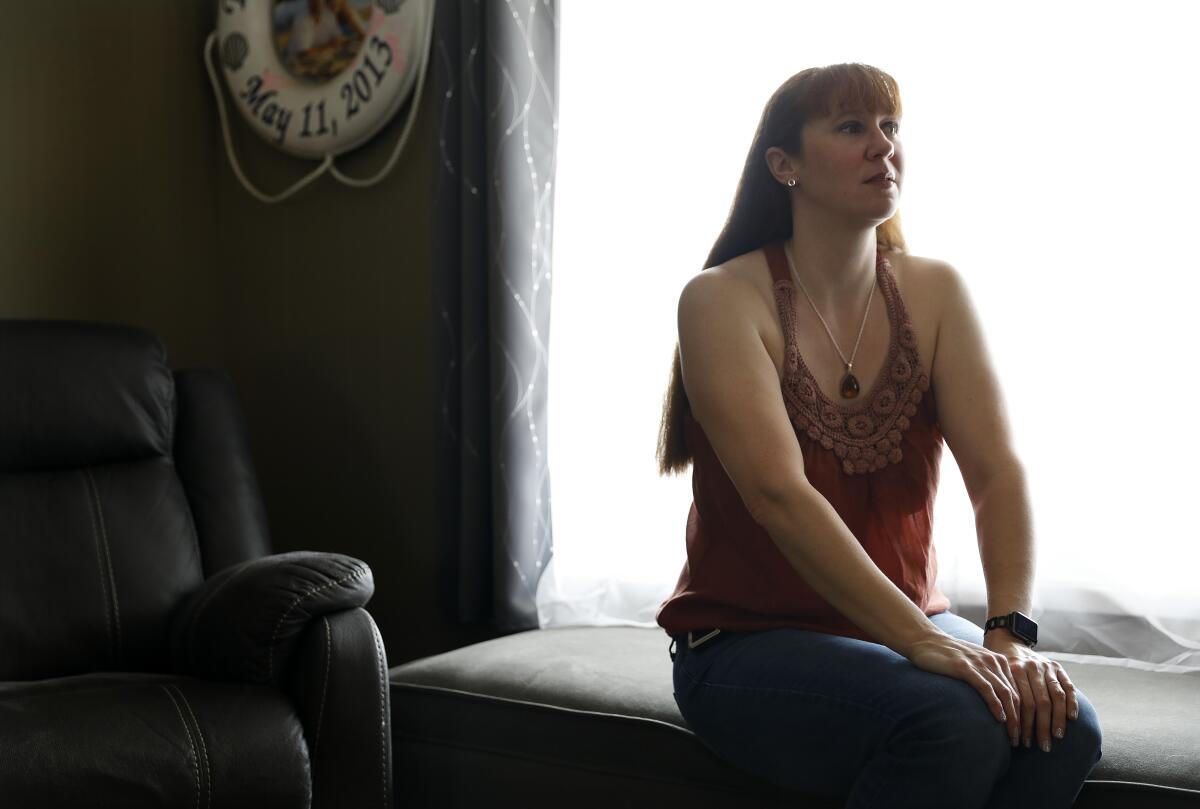
Ensuring an affordable supply of insulin would help people with diabetes manage their disease better, said Brandi DaVeiga, a stay-at-home mom in Lakewood with Type 1 diabetes. She has good coverage now through her husband’s health insurance plan, but when she was between plans three years ago, she began skipping insulin doses to make her supply last longer. On several occasions, her blood sugar levels rose dangerously high, and she ended up in the emergency room.
“It’s really stressful,” she said of managing diabetes during a pandemic. “And that doesn’t help your blood sugar.”
The fact that people with diabetes are rationing their insulin when they need it most points to larger problems with healthcare access in this country, Drucker said.
“COVID-19 is reminding us of the importance of doing everything we can in our vulnerable, at-risk populations,” he said. “Let’s do everything we can to optimize their health because that may, in turn, reduce their risk of having a bad outcome with this virus.”
